Obituary - Nathaniel Fiennes, 21st Baron Saye and Sele - known to Banbury simply as Lord Saye - dies aged 103
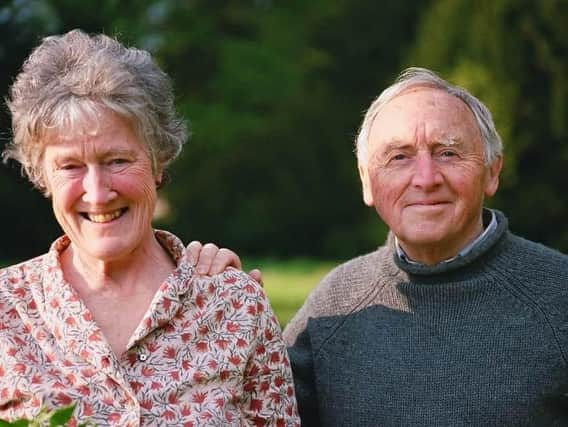

Lord Saye – who inherited Broughton Castle from his father in 1968 – died at Godswell House with his wife, Mariette and children, twins Martin and Susannah and William around him.
Martin, now 22nd Baron Saye and Sele (who will continue to be known as Martin Fiennes) has run the castle for some years.
Advertisement
Advertisement
He said: “He died peacefully on Saturday evening in their flat at Godswell. Fortunately my sister Susannah, brother William and I could all be with him and my mother when he died.”
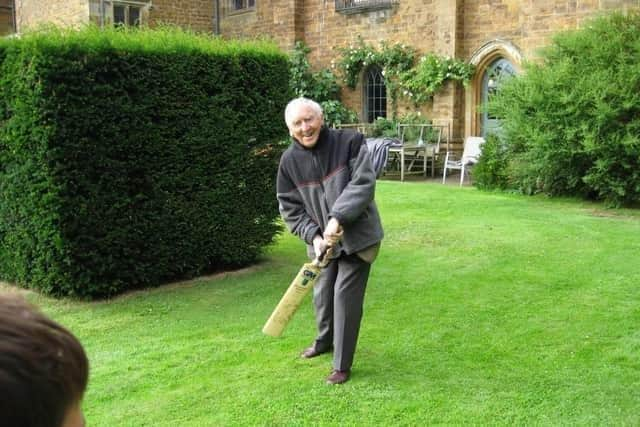

Lord Saye had suffered mild dementia for a few years. His family thanked Andy Gill of Dementia Active, Banbury and Judith Ley and Amy Wilkowski among the carers who helped support Lady Saye in caring for her husband at home.
Hundreds of tributes from local residents on social media repeat gratitude for a kind, generous and very modest man who went out of his way to help others – with examples including encouraging a young visitor to Broughton to try on armour and hold a sword, arranging an unusual fishing trip for a child from a neighbouring village and enabling countless charity events to be held in the castle and grounds.
Sir Tony Baldry, Banbury MP from 1983 to 2015, said: “An extremely kind and generous man who gave support to a huge number of local groups and charities. A man who fought valiantly for his country in wartime and who strove to support his local community in peacetime.”
Advertisement
Advertisement
Tim Taylor, Time Team producer whose Roman Villa dig on the Broughton estate was visited by Lord Saye, said: “We were delighted by his visit to the excavations and he displayed what I imagine was his typical sharp intelligence and wry sense of humour! Having him and Lady Saye and Sele on site was one of the highlights of our visit. Time Team send their condolences to Martin and family.”
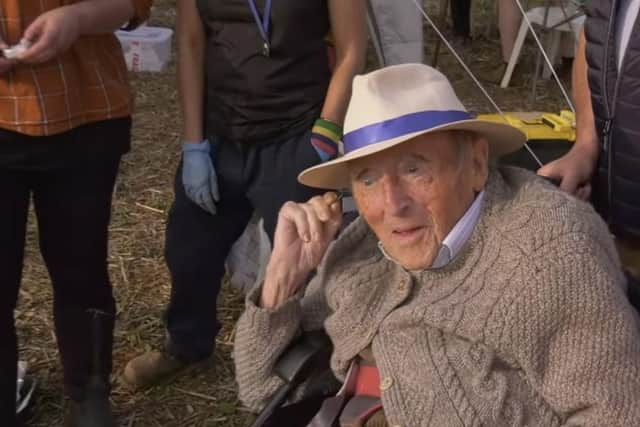

Banbury Rotary Club said: “Loved and respected across the local community, he will be greatly missed.”
Lord Saye lived a remarkable life, suffering personal tragedy, witnessing the horrors of the Holocaust (and been reunited with a concentration camp survivor in his 99th year) and renovating historic Broughton Castle for his family and the pleasure of future generations.
His generosity and friendliness to the community is legendary. Countless organisations, charities and good causes have been given use of the castle and its grounds for fundraising. And Broughton has become well known as a location for films and TV programmes - most recently the hit series, The Crown.
Advertisement
Advertisement
Known as Nat to family and friends, Nathaniel Fiennes was 21st in a line that started with the first lord in 1447 who fought at Agincourt and was Treasurer of England. The family modernised the house which was built in the early 1330s and extended in the 1550s.
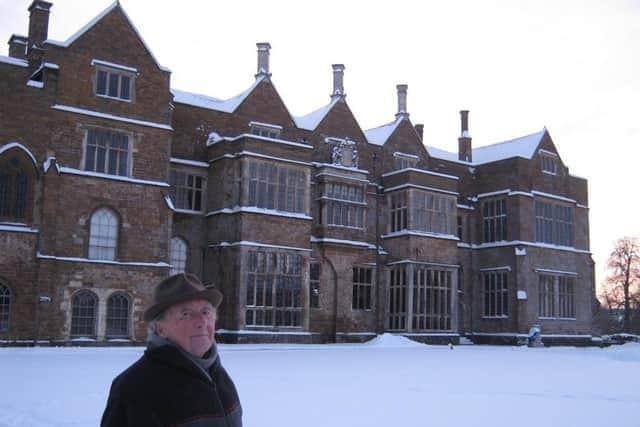

The Fiennes family was well off but never hugely wealthy. This was not helped by the lifestyles of one or two ancestors. When his father inherited the house in 1948 ‘there was water coming through the roof... and there was no money’.
The roof was re-tiled in the 1950s and the castle opened to the public at 2/- (10p) a visit to pay the bills. After Nathaniel inherited the castle in 1968 with a 1,800 acre estate and just £3,000, he and Mariette carried out extensive interior redecoration and refurbishment.
Being a qualified Chartered Surveyor he understood the value of preventative maintenance and in the 1980s commissioned a £1m, 12-year restoration programme. The stone was crumbling, the windows’ lead work had wasted and deathwatch beetle was devouring the beams. In spite of an English Heritage grant, the family faced raising£600,000.
Advertisement
Advertisement
Lord Saye boosted the estate’s arable farming, increased visitors to 15,000-20,000 a year and rented the castle out to film companies.
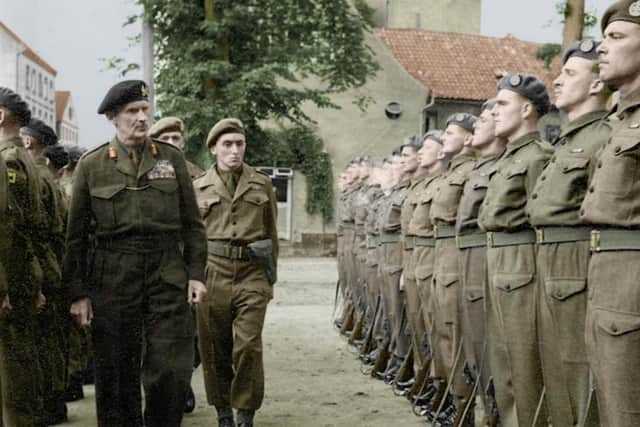

The Great Hall, Tudor Oak Room and walled garden had starring roles in Shakespeare in Love, Three Men and a Little Lady and The Madness of King George among other feature films.
Lord Saye changed his name by deed poll, relinquishing Twistleton-Wykeham from his surname. He was born in the Victoria Tower of the House of Lords making him the only Lord to have been born in the Lords.
He did not attend the House of Lords because he needed a full-time job to help with Broughton’s costs. He believed it right to abolish the voting rights of hereditary peers and was not too proud to become a car park attendant during busy times.
Advertisement
Advertisement
He believed the family link to a property is the most cost-effective way of preserving the fabric and ‘soul’ of a place.
Nathaniel Fiennes went to Eton and started a promising cricket career, captaining the Eton XI and the Public Schools XI in 1939.
As war broke out he signed up for the Oxfordshire and Bucks Light Infantry but was too young. He joined the Royal Warwickshire Regiment the following year. With his battalion, Nathaniel saw action in France, Belgium and Holland and Germany, where he was camped near Belsen concentration camp.
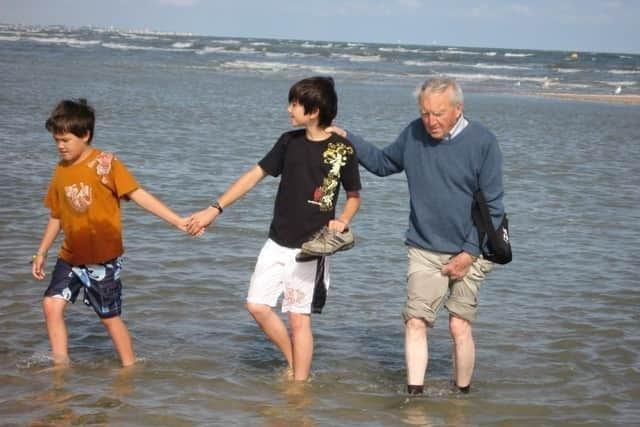

“I remember the smells, bodies lying on the trackway, walked through the huts – people lying there. (It was) hard to know who was dead and who was alive. Anyone who denies the Holocaust – I’d be happy to talk to them about Belsen,” he said.
Advertisement
Advertisement
He married Mariette in 1958 and the couple had five children. The death in 1968 of their third son, Thomas, aged nearly three, cast a shadow over family life as did the death of their eldest son Richard in 2001, aged 41, after a lifetime suffering from epilepsy.
Daughter Susannah Fiennes is a well-known painter. Martin works in technology venture capital in Oxford and runs the castle, and youngest son William Fiennes is a successful author.
A funeral will be held next month at Broughton Church.